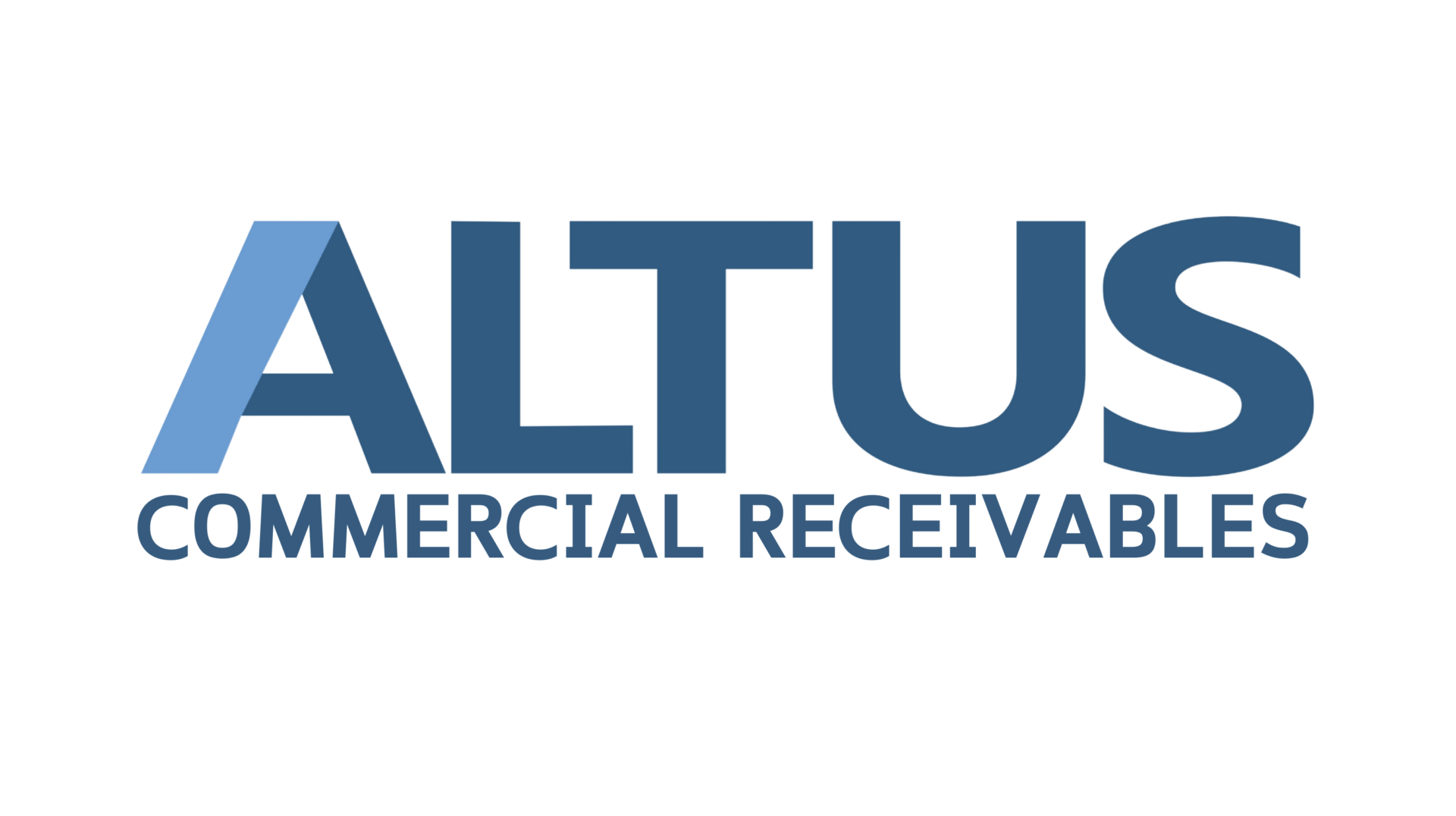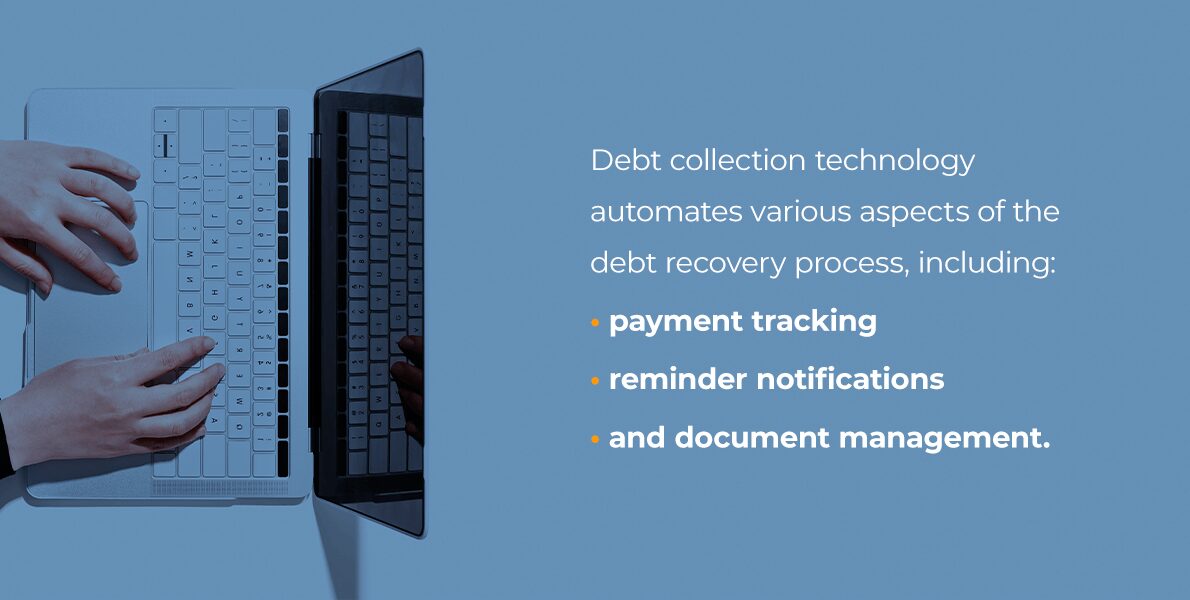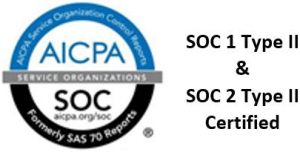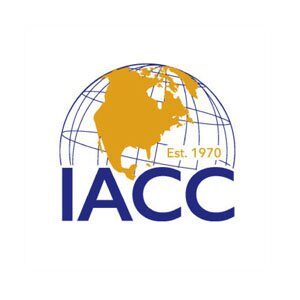Today’s debt collection technologies offer many benefits, helping businesses achieve more with less effort. For example, cloud-based debt collection software streamlines debt payments, provides real-time reports, and simplifies communication. With the right technology, debt collection firms can increase recovery rates, improve compliance, and enhance customer relationships.
Below, learn more about current industry challenges, debt collection technology trends, and what to look for in debt collection software.
Challenges in the Debt Collection Industry
As the debt collection industry has grown over the years, certain industry challenges have surfaced, many of which have led to trending innovations. Here are three examples:
1. Outdated Technology
Technology is pivotal in the debt collection industry. It allows collection firms to automate processes, store and retrieve information, generate reports, and communicate with stakeholders. These features can improve debt recovery efforts while reducing costs. The challenge is that debt collection software is expensive to build and maintain, especially for individual businesses.
In order to reap the full benefits of debt collection technology, regular updates are necessary. While this process can be tedious for many businesses, partnering with a professional debt collection company is ideal. Many of these agencies invest in advanced technology, so spending thousands of dollars developing new software from scratch or paying to maintain changing technology is unnecessary.
2. Compliance Roadblocks
The debt collection industry is highly regulated, which is vital for various reasons. However, regulations sometimes pose challenges for creditors. Besides being complex, debt recovery laws may require collection departments or agencies to take additional administrative and operational steps.
Recovery software helps collectors navigate regulatory challenges. It makes businesses agile and capable of adjusting to regulatory changes and industry best practices.
3. Cash Flow Challenges
One of the direct impacts of low recovery rates is high days sales outstanding (DSO). DSO is the average duration a company takes to receive payment for a sale. The longer a business takes to collect monies owed, the more likely it is to have cash flow deficits. High DSO remains a significant challenge for most creditors.
Creditors must optimize their collection efforts to reduce their financial troubles. Leveraging debt collection technology lets businesses develop practical strategies and manage their systems. For example, with tools like payment automation and invoice management, businesses can increase recoveries while eliminating unnecessary expenses.
Debt Collection Technology Trends to Consider
In order to overcome these challenges, new trends are emerging. Explore these debt collection technology trends to help you stay updated on the industry:
1. Wide Acceptance of Debt Collection Software
The debt collection software market is expected to grow from $4.43 billion in 2023 to $7.19 billion by 2028 at a compound annual growth rate of 10.17%. These innovations allow you to get real-time placement updates, access detailed reporting, automate payments, generate invoices, communicate with the team, and do much more from a single platform. Ultimately, you can boost your recovery rate with minimal effort.
2. Application of Debt Collection Software in Compliance
Federal and state agencies continuously implement laws to address industry challenges. An example is the Regulation F update, which allows creditors to use digital platforms like text messages, emails, and social media to contact debtors.
Digital debt collection platforms make it easier to comply with these legal requirements. For instance, cloud-based systems provide a secure platform for managing sensitive information, reducing the risk of data breaches. Plus, the system keeps records of transactions and engagements, which can be beneficial for evidentiary purposes.
3. Increase in Self-service Systems
Self-service systems enable customers to address challenges with little to no human intervention. This possibility is achieved through systems like mobile applications and digital portals. Customers can determine due dates, establish communication preferences, and make payments through their preferred method at any time and location.
Many executives believe debt collection technology creates value and helps them stay competitive. With improved customer satisfaction and transparency, creditors can increase debt recovery while maintaining a positive relationship with debtors. It creates an avenue where debt collection agents work with customers instead of against them.
Advantages of Debt Collection Technology
The reality is that debt collection technology plays a significant role in modern collection practices. Here’s why:
1. Increases in Debt Recovery
Debt collection technology automates various aspects of the debt recovery process, including payment tracking, reminder notifications, and document management. This automation helps reduce human errors, streamline operations, and make collection more efficient, allowing creditors to save money, time, and effort.
Modern debt collection software can also easily handle multiple accounts and large volumes of information. Debt collectors can customize these platforms according to your needs, allowing you to adapt as operations grow.
2. Facilitates Easy Communication
Automated debt collection technology simplifies communication. It facilitates the timely and consistent exchange of information between creditors and collection agencies, reducing confusion and delays. Additionally, digital platforms can automate message sending and reminders. Companies needing ongoing debt recovery services require constant interaction with the collection team or agents to plan their finances, making debt collection technologies necessary.
3. Encourages Informed Decision Making
Debt collection can drain resources unless adequately planned. Digital platforms can help develop practical strategies. For example, cloud-based debt collection systems can generate comprehensive reports that help analyze performance and monitor collection activities. Having access to such information can help you make more informed decisions and achieve better project outcomes.
4. Improve Integration and Data Management
Cloud-based debt collection software can integrate and consolidate data from different sources, including payment history, communication logs, and customer records. It centralizes data management, allowing businesses to access information from any location with little effort. As a result, software improves collaboration and operational convenience.
5. Improve Compliance
Debt collection technology helps creditors comply with laws such as the Fair Debt Collection Practices Act and Consumer Financial Protection Bureau guidelines. Debt collectors can configure process automation to adhere to regulatory requirements, which is more efficient than manual efforts.
6. Enhanced Customer Relationship
Digital debt collection tools offer a seamless and customer-centric experience. Features like automated self-service portals, personalized communication, and online payment options improve customer satisfaction. Moreover, these tools facilitate debt resolution, reducing complaints and reputational damage.
The Best Debt Collection Technology Features
What should you look for in new debt collection technology? The most impactful debt collection software has the following characteristics:
- Cloud-based: Cloud-based debt collection technologies store your data on remote servers, allowing you to access and update data from any location.
- Secure: The best debt collection software is designed to withstand cyber threats, enabling you to comply with the confidentiality requirements.
- Report generation: Modern debt collection software can generate accurate and detailed reports in minutes, which improves operational efficiency.
- Payment options: Modern debt collection software allows debtors to make payments through different digital platforms.
- 24/7 access: The debt collection software must always be available, providing end-to-end services.
ARM STRONG™: Altus’s Innovative Debt Collection Software
ARM STRONG is a leading cloud-based customer relationship management commercial collections platform. It’s a full-service, state-of-the-art technology designed to automate debt collection for businesses. With ARM STRONG, you can generate real-time reports, receive payments online, review invoices, and achieve so much more.
Altus created this solution to help businesses increase their debt recovery rates. Our years of experience across multiple industries, combined with innovative technology, allow us to offer premier debt recovery services. Contact us today to learn more!








